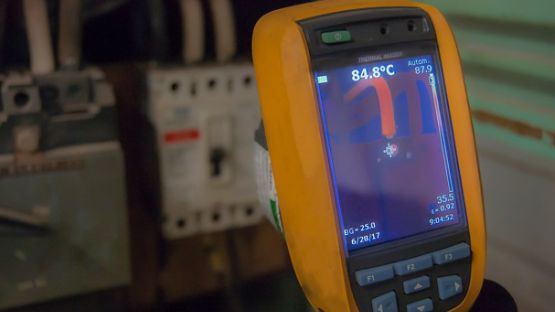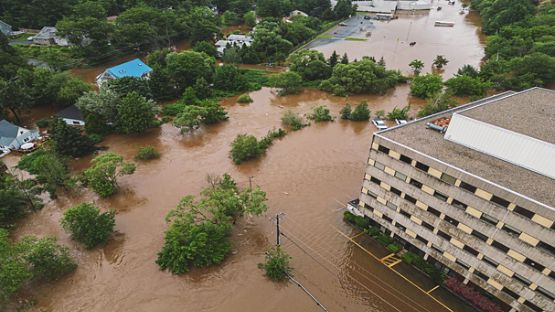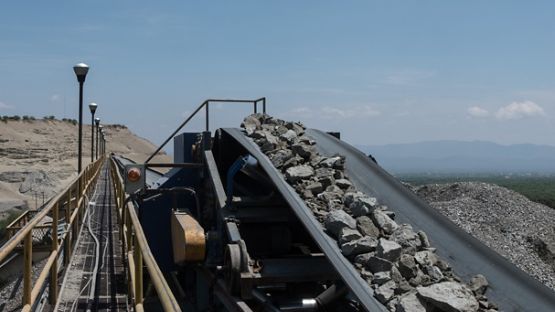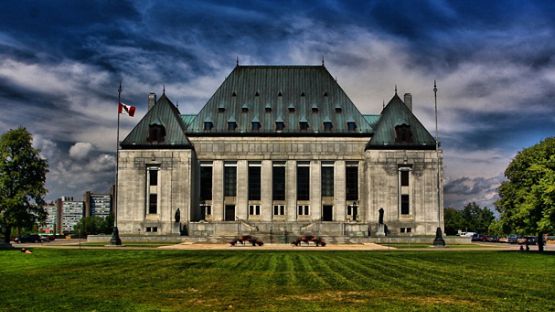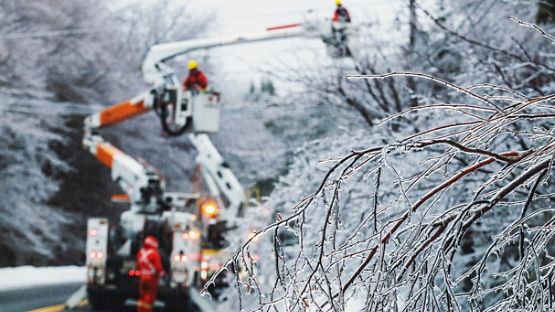Fire protection systems such as sprinkler systems, are the number one insurance-recognized means for protecting your property from fire risk. It’s important to remember that your building is insured based on the understanding that your fire protection system is operational 24/7.
However, even the most extensive fire protection systems are not failsafe. A system malfunction or even regular maintenance that requires some or all of the system to be turned off can compromise fire safety.
That’s why it’s critical that every building has a fire impairment procedure that is initiated when a fire protection system is down, for any reason.
What is a fire impairment procedure?
When a fire protection system, or a portion of the fire safety system, fails or is out of service, a fire impairment procedure mitigates the risks associated with fire. It is a plan of actions that addresses the exposures inherent in a building while the fire protection system is not operational.
What should a fire impairment procedure include?
Here are five steps to consider when putting together your fire impairment plan:
1. Manage the fire impairment procedure
Whether it’s a planned impairment for maintenance or upgrades or a system malfunction, your fire protection plan should identify things like:
- What reduces the exposures that may exist when the fire protection system is not in service?
- Who is responsible for maintaining and leading the fire impairment procedure? These point personnel will be responsible for following the process, minimizing hazards, notifying appropriate people (e.g. fire department, insurers) and contacting service providers in an emergency, as well as providing regular training to staff.
- What is the most convenient time for a planned impairment? During business hours when staff are available to provide support — or after hours when operations can be shut down, minimizing operational downtime?
2. Minimize hazards
When a fire impairment procedure is in effect, hazardous processes such as doing hot work, handling flammable liquids or performing any action that could cause a spark must be stopped. If the fire protection system is only partially de-activated, all other components must be operational. For example, if you have multiple systems, it’s a best practice to repair/upgrade one system at a time where possible, to limit the extent of the risk.
3. Notify necessary parties
Whether it’s planned or an emergency, a critical component of any fire impairment procedure is communicating it to the right people. This list of people to notify about the impairment system may include:
- All employees, tenants or visitors to a building so they are aware of all exits and any changes to a fire emergency plan
- Off-site management and safety team
- The local fire department so they can document it and be on alert
- Insurance brokers
4. Provide alternative protection in case sprinkler systems fail
A fire impairment procedure is all about alternative protections to fire protection systems. For example, if all or part of the sprinkler system malfunctions in an industrial building, a fire impairment procedure might dictate that fire extinguishers or hoses must be available, and designated, trained people stationed in identified areas to be at the ready in case of fire. This type of vigilance would be called for in buildings where hot work or other exposures make fire a more present risk.
A fire impairment procedure for a commercial building with fewer risk factors for fire might prescribe increased vigilance in using existing nearby cameras that are monitored off-site, an extra security guard or the presence of more fire extinguishers.
5. Return to business plan
When the fire protection system is back in order and all repairs have been made, it’s important to communicate it to all the parties that were originally notified and document the event.
When the fire protection system is restored, the appointed person will fill out a fire impairment notification form indicating the details of the fire procedure, including a review of why it happened, how long it took, who was notified and if there are any changes to any procedures as a result. When an insurer visits a building, they will want to view these forms.
When do you need to tell your insurer about planned or emergency fire impairment?
If one or all components of your fire protection system are not working, you must notify your broker. They may want to send a representative to verify that the fire impairment procedure satisfies the requirements of the policy.
However, you don’t need to advise Aviva Risk Management for planned fire impairments that last fewer than 8 hours during normal business hours.
Fire impairment notification form
Aviva Risk Management Services has created a fire impairment notification form available for all customers to use.
Want to learn more about fire impairment procedure?
Aviva Risk Management Solutions has professional risk consultants across Canada who can provide expert advice to help implement a fire impairment procedure for your building. Please add 'Reach out to us at arms.canada@aviva.com.



